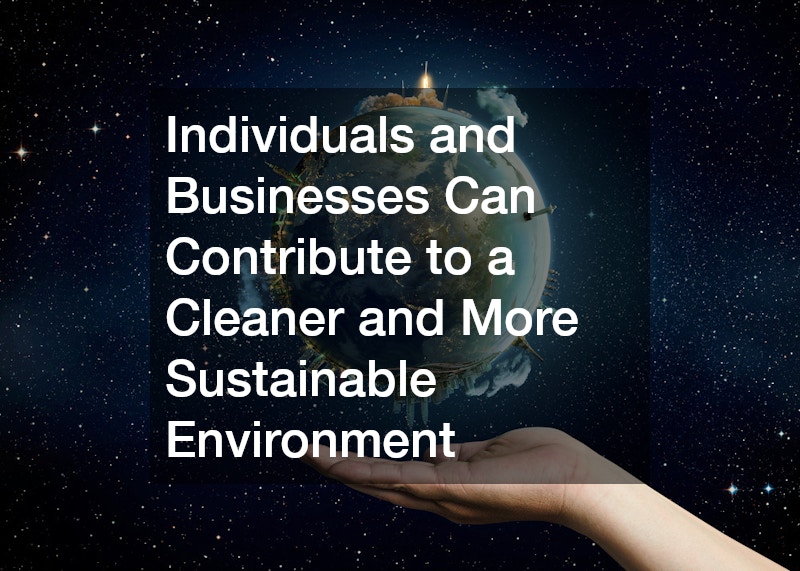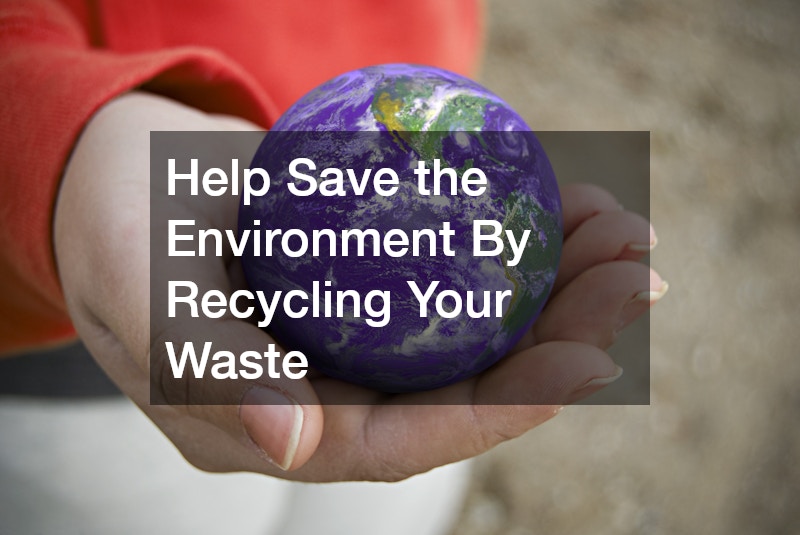
A reliable recycling service helps reduce waste and promote sustainability by properly sorting and processing materials that can be repurposed. Whether for residential or commercial needs, recycling services play a crucial role in protecting the environment and minimizing landfill waste. Using reusable materials is one of the best ways to reduce waste and extend the life cycle of everyday products. Items like glass jars, cloth bags, and certain plastics can be cleaned and repurposed instead of being thrown away, reducing the demand for new materials.
For those looking to adopt eco-friendly habits, simple recycle methods can make a big difference. Setting up a designated recycling bin, rinsing containers before disposal, and separating recyclables from common trash are easy ways to ensure materials are properly processed. However, not everything can be recycled. Items labeled as not recyclable, such as certain plastics, Styrofoam, and contaminated food packaging, often end up in landfills. It’s important to check local guidelines to understand which materials are accepted by your area’s recycling services.
Understanding common waste categories can also help improve recycling efforts. Waste is typically divided into recyclables (paper, plastics, glass, and metals), compostable materials (food scraps and yard waste), and non-recyclable items. By properly sorting waste, individuals and businesses can contribute to a cleaner and more sustainable environment.


As much as we may try, there is no way to completely stop the production of waste. With the fast-paced lifestyle people now must live, the garbage continuously comes rolling in. Fortunately, this has become such a problem that researchers have categorized a process for waste minimization under the waste hierarchy:
-
- Reduce
The average person can generate over 400 pounds of garbage each and everyday. Considering that’s more than double the weight of most people, this is a real concern. Reducing the amount of trash a person generates is the first step in minimizing waste. If people are conscious of everything they use in a day, such as disposable kitchenware or paper towels, they can make a point to decrease their use of those items in exchange for reusable products, which brings us to step two.
-
- Reuse
It’s easy to simply throw away a water bottle when it’s empty or to toss a grocery bag in the trash after you’ve put away your food. However, these and many more objects can be used more than once and, in some cases, even for different purposes. Bring your old plastic bags to the market to store your groceries, or buy a durable reusable water bottle rather than buying a new one everyday, which will also save you money.
-
- Recycling
If you do find yourself in a situation where you must dispose of plastics or paper products, then do so in a responsible manner. These items can be recycled rather than thrown into a landfill and contaminate the environment. With 87% of Americans having access to curbside or drop-off paper recycling services, the brunt of the work to recycle can be taken off of your shoulders.
Once you get into a routine of reducing and recycling, these steps are easy to follow and may even become second nature. It may not seem like much, but every piece of trash you dispose of properly could be a huge step towards environmental conservation.

